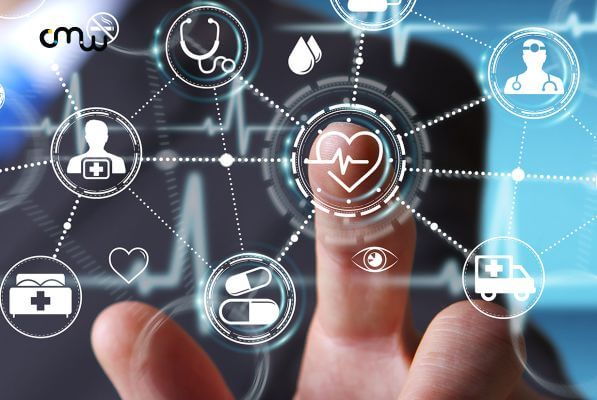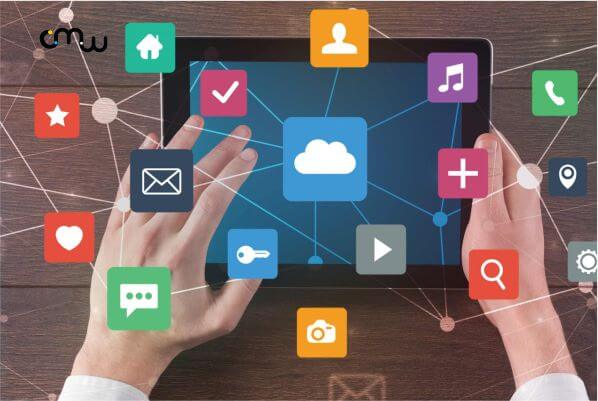Three telehealth lessons learned from the covid-19 pandemic concerns the momentum issue confronting human services frameworks overall is the way to support the ability to offer support for those beset with COVID-19 as well as for injured patients and those experiencing other intense and incessant infections while ensuring the doctors, medical attendants, and other associated wellbeing and workforce. It is nothing unexpected that wellbeing frameworks inside the United States and worldwide are presently turning to telemedicine to give care while keeping patients in their homes.
The massive transformation to telemedicine shows its utility as a compelling apparatus for the purported social removal in clinical or different settings. This circumstance is an apparent difference to a long history of moderate telemedicine reception, notwithstanding genuine examination and usage experience. Indeed, it is shallow to consider telemedicine's utility as being constrained to taking care of the present emergency whose utility will disperse when the pandemic emergency closes. Simultaneously, we should make the correct determinations concerning the exercises gained from our telemedicine network experience and all the more comprehensively by suppliers, policymakers, medicinal services frameworks, payers, scientists, and society on the loose.
As is regularly stated, need is the mother of improvement. Social distancing and safe house set up practices due to COVID-19 have compelled non-sincere human administration providers to close their gateways and pushed various patients to search for care remotely. As needs are, and because the focal government has empowered experts to use telehealth to treat Medicare patients. Many state governments and private security net suppliers have adhered to this equivalent example; believe it or not, a couple of the nation's most significant protection offices have conceded copays to invigorate telehealth visits. Covid-19 has lit up three key activities that depict the inevitable destiny of telehealth.
- Telehealth organizations are scaling rapidly with obstacles to area lessened and conditions compelling providers and patients to reconsider development gadgets. Taking everything into account, remote restorative administrations grant patients to be pondered all the more profitably, taking the strain off social protection workplaces while diminishing working costs and standard human administrations identified with defilements.
- Telehealth expansion during covid-19 is the growth of healthcare. Starting late, IT dealer Sykes diagramed 2,000 American adults about their impression of telehealth amidst COVID-19 and how it could influence their approach to manage telehealth later on. Besides, an astonishing number of the people who have endeavored telehealth organizations said they were satisfied enough with their experience that they have started at now or will consider arranging another telehealth visit later on. Going before March, the prosperity structure showed up at the midpoint of around 3,400 telehealth visits consistently, a development of over 1,700%.
- After EMTs decide the patient should be shipped to a social insurance office, the Smart City framework could deal with the stoplights while in transit to the clinic, giving a quick and unhampered drive to the nearest ER with the most limited hold-up time and accessibility of staff to deal with the individual's clinical needs. Similarly, as human services speak to a necessary arrangement of administrations that exist as a feature of a bigger biological system, telehealth speaks to one kind of administration that is a piece of a network environment known as Smart Cities.
- Although this account is as of now sci-fi, it's conceivable sooner rather than later and shows the genuine capability of telehealth—not only a bunch of separated applications worked by people, yet a lot of administrations that exist inside the setting of a progressively associated world. Savvy Cities utilize associated gadgets, sensors, lights, and meters to gather and break down information that is utilized to improve foundation, open utilities, and basic administrations.
- The telehealth benefits during covid-19 are for patients as well as the medical workforce. By working with specialists from different fields—including media communications, design, building, innovation, crisis administrations, and government—social insurance experts can give the clinical bits of knowledge expected to envision future patterns and help make the norms and best practices expected to incorporate IoT and medicinal services applications. Keen Cities will be most effective when they work across divisions to interface social insurance, human administrations, open wellbeing, utilities, and nature. Like such a significant number of significant aspects of our lives, developing innovations and inescapable systems administration can rehash social insurance as we probably are aware of it. The pandemic may have been the impetus for change; however, ideally, telehealth's advantages will also rouse enduring and far-reaching change.
Conclusion
One of the best telemedicine focuses in Europe is masterminded in Switzerland. The Swiss Center for Telemedicine, Medgate, is accessible for the day, reliably for every Swiss tenant seeing each clinical issue. During the patient call, the framework is principal. In the wake of perceiving the patient, the telemedical right-hand gets a little information about the patient's signs and clinical issues. A brief timeframe later enlists it for pros to review and work out. Because of the assessment, teleconsultation made it continuously huge to perceive the flu emitting early beginnings.
In the United States, virtual human organization relationships, for example, Teladoc and AmWell, have upheld correspondence among pros and patients through secure video chats. The gathering also grasped the "Coronavirus Preparedness and Response Supplemental Appropriations Act" to improve telemedicine associations' utilization. The law equips the chance of utilizing phones with "sound and video limits, for example, telephones in remote regions for giving social assurance.
The Australian government has also offered financing to the Medicare telehealth associations to battle the coronavirus, draw in suppliers, and give enthusiastic prosperity benefits in the coronavirus emergency. Virtual visits have been contacted to ensure about thriving staff and patients against COVID-19 ailment, and the "Medicare support at home" program has in like way assisted with extending telehealth during the coronavirus scene for all Australians.
















